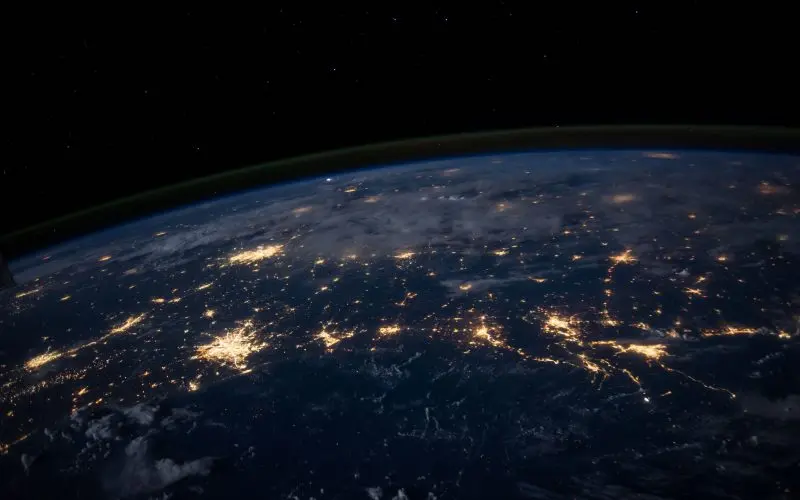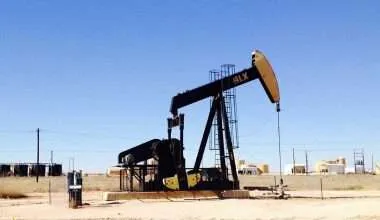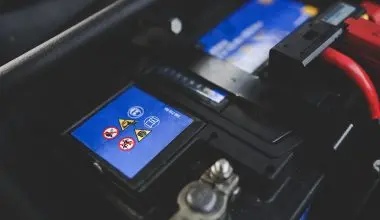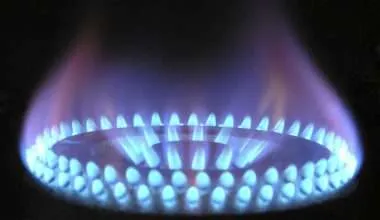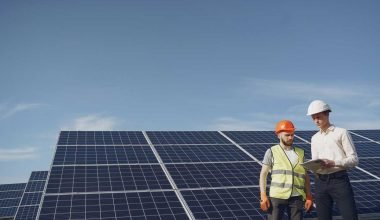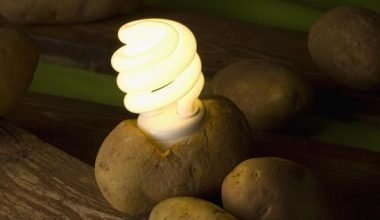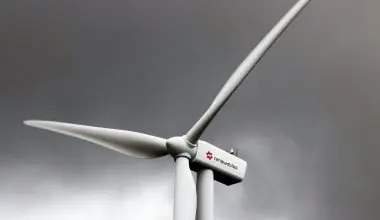Table of Contents Show
What is Energy?
The entire universe is made of two things; matter and energy. Energy is one of the true constants of the universe, because as long as there’s been a universe, there’s been energy.
It comes in lots of different forms that can seem different to us, but it all amounts to the same thing i.e.
Energy is the capacity or ability to do work, where work is defined as an act of moving an object by applying a force.
Once the work is done, the energy is not finished.
According to the law of conservation of energy in physics, energy can never be destroyed and (in the same way) it can never be created. It can only be transferred or changed from one form into another.
The list of different form of energy is endless, though some significant types are Potential Energy, Kinetic Energy, Mechanical Energy, Electrical Energy etc.
Types of Energy
While learning different types of energy, you must’ve read about Solar, Tidal or Hydroelectric energy. These are more commonly known as sources of energy. We’ll discuss some examples in this article.
Back to different some common types of energy.
Potential Energy
In light of physics, potential energy is the energy held by an object because of its position relative to other objects, stresses within itself, its electric charge, or other factors.
To further elaborate this phenomenon let’s take a look at an example. Consider a hammer, at rest, placed on table. If we lift this hammer at a certain height, to pound a nail into a wooden piece, energy is stored in it.
This stored energy is known as potential energy. Potential energy comes from height. As we release this hammer, work will be performed (movement) and it strikes the nail into the wood.
In this example, the potential energy is converting into kinetic energy for the hammer to move/drop and strike the nail.
Kinetic Energy
Kinetic energy is defined as energy which a body possesses by virtue of being in motion.
In other words, it’s a type of energy an object has while it’s moving.
Consider a ball at rest and a ball in motion. The object is same, but the moving ball possesses kinetic energy.
Similarly, when you’re running or walking you have kinetic energy. This kinetic energy is being produced by the mechanical movement of your muscles.
Hence, kinetic energy is the energy in motion.
Mechanical Energy
An object having either of two or both, potential energy and kinetic energy, is said to have mechanical energy.
Mechanical energy (or motion energy) is when an object is moving (kinetic energy) and/or at a position (potential energy) where it can move ahead.
It occurs when a force acts on an object. The object transfers that force into energy and moves. Since it moves and possesses kinetic energy, it also possesses mechanical energy.
For example, a bird flying at a distance above in forward motion tends to have mechanical energy.
Some of more common examples of Mechanical energy are:
- Walking
- Riding a bicycle
- Cutting with a knife
- Hammering a nail (discussed above)
- Blender
- Hydroelectric Power plants
- Wind Turbines
Electrical Energy
Today our daily lives are highly dependent upon on electrical appliances. It has become such an integral part of our lives that we forget about it in the end.
If we look around us, we find electronic household appliances like LED lights, fans, TVs, refrigerators, computers etc, running on electrical energy.
To understand electrical energy phenomena, we need to think about the world at atomic level.
Electric wires, through which electrical energy flows, are made up of tiny atoms.
Each atom has nucleus surrounded by electrons that revolves around it. The electrons in certain metals like copper can easily leave their orbits, these types of materials are known as conductors.
As the electron leaves the orbit it moves over to the nucleus of another atom. This continues on until the end of the wire.
This movement of electrons atom-to-atom produces electric current through which we obtain electrical energy.
To obtain electrical energy we require a source to move electron from one nucleus to another producing electric current. These sources of electrical energy can be renewable or non-renewable.
Sources of Electrical Energy
To obtain electrical energy we require a source to move electron from one nucleus to another producing electric current. These sources of electrical energy can be renewable or non-renewable.
These are just brief introductions, major detail about Renewable and Non-renewable energy resources can be found in this article.
Non-Renewable Sources of Energy
On our planet earth, humans have some very old well-hidden sources of energy.
Millions of years ago, organic materials plants, marine animals decomposed on lands and seabeds.
It took millions of years and immense pressure from layers above to convert organic substances into natural gas and fossil fuels.
Additionally, entire forests are decomposed for generations far deep into the earth. After millions of years, those forests turn into fossil energy deep underground. We extract oil, natural gas and coal from there.
These are forms of energy sources that are so slow in production that we consider them virtually non-renewable.
To obtain electrical energy from non-renewable resources, a power plant is required for the process.
Coal Power Plant (A Non-renewable source of energy)
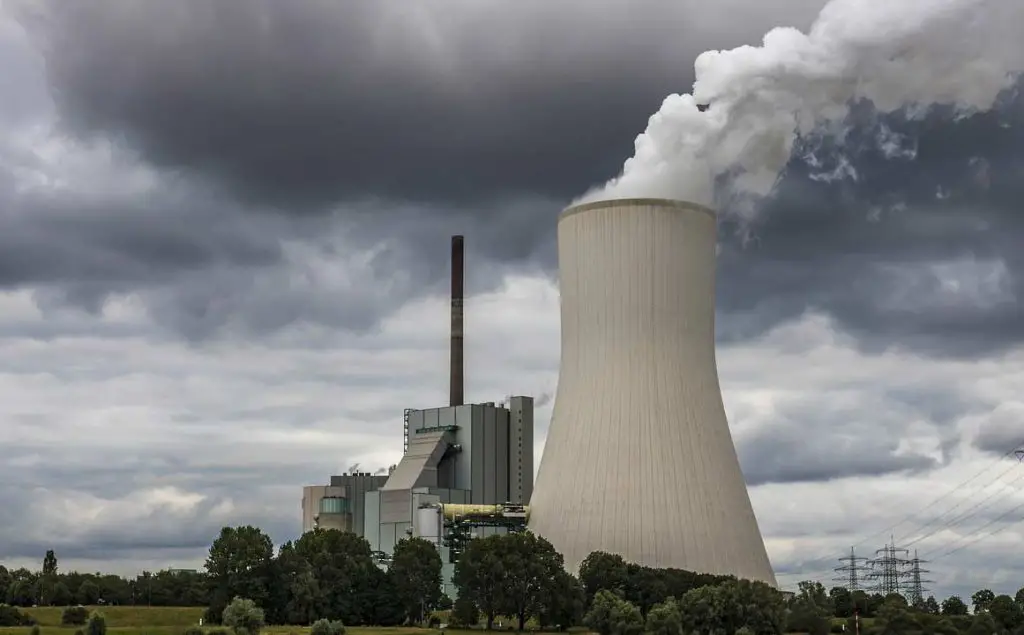
Half of the world’s electricity is generated by coal power plants. There are 3,000 large coal power plants around the world, producing 2045 Gigawatts of Electricity.
To extract coal energy and convert into electrical, coal powder is first placed inside a furnace with air mixture and then burned.
During heating of coal, chemical energy inside further increases the temperature. The coil or pipe (filled with water) inside the furnace is heated at a very high temperature.
This extremely hot water is then forced towards boiler where it turns into vapor and generates high pressure steam.
This steam is then fed to a steam turbine. This converts heat and kinetic energy inside steam into mechanical energy. The mechanical energy rotates the turbines.
Rotating turbines transfer this mechanical energy to a generator where it converts into electricity.
That’s how we obtain electrical energy from a non-renewable energy resource.
The process for obtaining electrical energy by burning oil or natural gas is similar.
Renewable Sources of Energy
Even though non-renewable sources are very cheap and accessible. The fact that more people have become aware about the environmental issues associated with fossil fuels has raised the demand for Renewable energy sources.
Wind energy is a major example of renewable energy.
High levels of wind energy (kinetic energy) can rotate enormous turbines to generate electrical energy. Learn how wind turbines generate electricity in detail.
Similarly, moving water is also used to produce energy. Rivers and lakes are fitted with hydropower dams. These dams hold and reserve water at a certain height (potential energy).
When the dam opens and water is released, potential energy converts into kinetic energy (in the form of flowing water). Water flows through turbines and rotates them. This rotation makes mechanical energy and transfers it to hydro-electric power generators.
Generators convert that energy from flowing water to produce electricity without harming our planet.
Tidal waves or sea currents are also used by tidal power generators to produce electrical energy.
In the depths of the earth, where extremely high temperatures prevail due to Earth’s hot crust, we find another renewable source of energy.
This is known as Geothermal Energy.
This heat is utilized to heat water and form steam. As in other processes, steam rotates turbines to produce electrical energy.
However, the most developed renewable energy source is solar energy which is derived from the sun.
Solar Energy (An example of renewable energy sources)
The earth intercepts a lot of solar power (approximately around 173 thousand terawatts). This is 10,000 times more power than the planet uses.
Therefore, it is indeed possible that one day the world could be completely reliant on solar energy.
Read more: Pros and Cons of Solar Energy
Solar panels are used to extract solar energy from sun and convert it into electrical energy. Solar panels are placed under the sun to produce electricity. These panels are made of Silicon.
As long as light energy shines on the solar panel, it produces electricity. Here’s the process of how solar panels generate electricity.
P.S: Here’s an updated brief note on Solar energy if you’re interested.
I’m sorry for spamming you with so many links, we’ve actually written so much about solar energy and we love sharing our articles with you!
